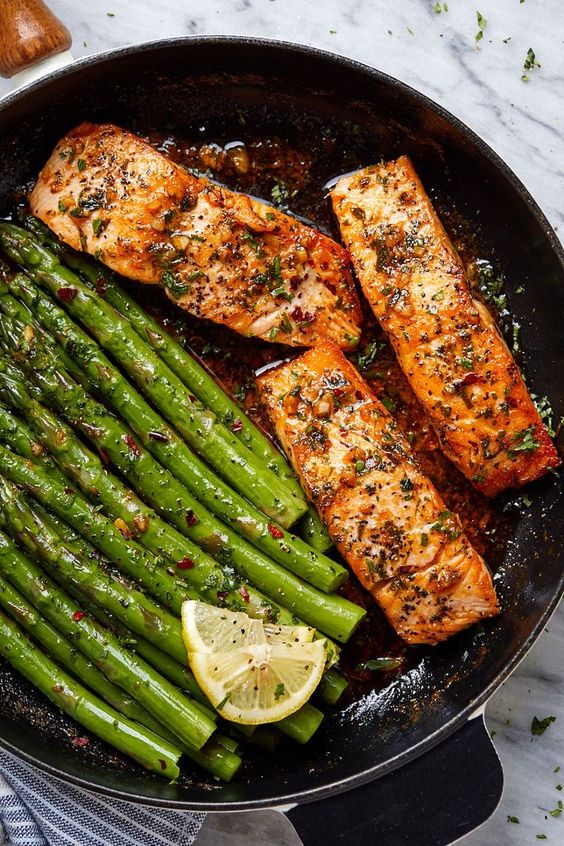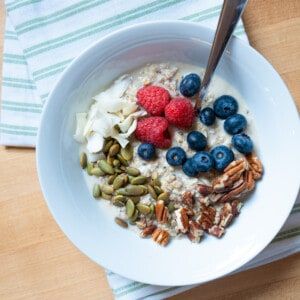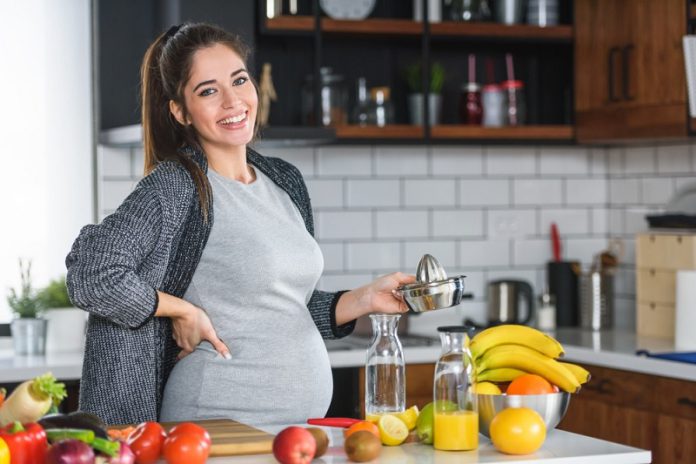Dhealthwellness.com – A healthy diet for pregnant women includes a variety of foods from all five food groups. Avoid empty calories (from chocolate, chips and cookies) and drink plenty of fluids.
Fruits and Vegetables Provide the Vitamins and Minerals the Body Needs
Folate, protein, calcium and iron are important for pregnancy, too. Folate helps prevent neural tube defects and can be found in a wide range of foods, including leafy vegetables, fruits, breads and fortified cereals. Fruits and vegetables provide the vitamins and minerals your body needs for a healthy pregnancy. They also help satisfy sweet and sour cravings, which are common during pregnancy.
Aim for 2 servings of fruits and 4 to 5 servings of vegetables each day. Choose a variety of colors and types. Vegetables rich in vitamin C (such as oranges, kiwis, strawberries, and papaya) and folate (such as spinach, kale, broccoli, and cauliflower) are important during pregnancy. Folate helps prevent neural tube defects in a developing fetus.

Try to avoid foods with added salt and limit fats. Healthy oils, such as olive, canola, and safflower are fine in small amounts, but stay away from saturated and trans fats. They can increase your risk for high blood pressure and high cholesterol. A healthy diet during pregnancy includes lean meats, which provide protein, iron and choline. You need choline for baby’s brain and nervous system development, and iron to avoid iron deficiency anemia, which can be harmful during pregnancy.
Selection of Good Protein Sources
Fish is a good source of protein, but be sure to stick to low mercury fish (such as salmon, trout and sardines) to avoid potentially dangerous levels of mercury. Try it grilled on whole wheat bread or roasted with sweet potatoes for a delicious brekky. Starchy foods provide energy and some vitamins and minerals, but should make up only over a third of your meals. Choose whole grains, such as oats, brown rice and quinoa, over refined white foods, such as pasta and bread. Limit salt and added sugar in your diet.
A healthy diet for pregnancy should include whole grains, which are rich in folic acid, fiber, B vitamins and other plant compounds. They also provide the protein and iron needed in pregnancy. Pregnant women need 27 milligrams of iron a day, which is double the amount required by non-pregnant women. The extra iron helps the fetus get enough oxygen to avoid fatigue and weakness. Iron-rich foods include meat, fish, poultry, eggs, dairy products, enriched and whole grain breads and cereals, leafy vegetables and dried fruits.

Dairy provides calcium, which is important for baby’s teeth and bones. It’s important to choose low-fat (1%) or non-fat (skim) options, which contain fewer calories and less saturated fat. Oily fish provides DHA, which is important for baby’s brain and eye development. A well-rounded diet for pregnancy includes dairy products like milk, yogurt and cheese. They provide protein, calcium and vitamin D, which are all important for baby’s bone development. If you’re lactose intolerant, check with your doctor to see if it’s safe to try a milder form of dairy, such as probiotic yogurt.
Good Nutrition and Fiber help regulate Blood Sugar Levels
Legumes (think lentils, black beans and chickpeas) are plant-based sources of iron, folic acid and protein. Try them in salads, curries and soups. Fruits are a good source of fiber and nutrients. Try eating a variety of fruits and vegetables each day, including frozen, dried and canned options. Choose ones with a low glycemic index, such as berries, to help manage blood sugar levels. Limit fats and sweets, as they can add unnecessary calories to your diet.
Beans, lentils and peas are nutrient-dense foods that are staples in many vegetarian diets. They are high in protein and fiber, and virtually fat-free. In one prospective cohort study, people who ate beans and other legumes four or more times per week had a 14% lower risk of developing coronary heart disease (CHD) than those who ate them less than once weekly.

Legumes are part of the Fabaceae, or Leguminosae plant family. They form symbiotic relationships with bacteria that help them grow by taking in atmospheric nitrogen and converting it to a form usable by the legume. The legumes you eat are also good sources of potassium and magnesium. However, they are high in phytic acid, which can interfere with your body’s ability to absorb certain minerals. You can reduce the amount of phytic acid by soaking dried beans or rinsing canned ones before cooking.
Reference :
